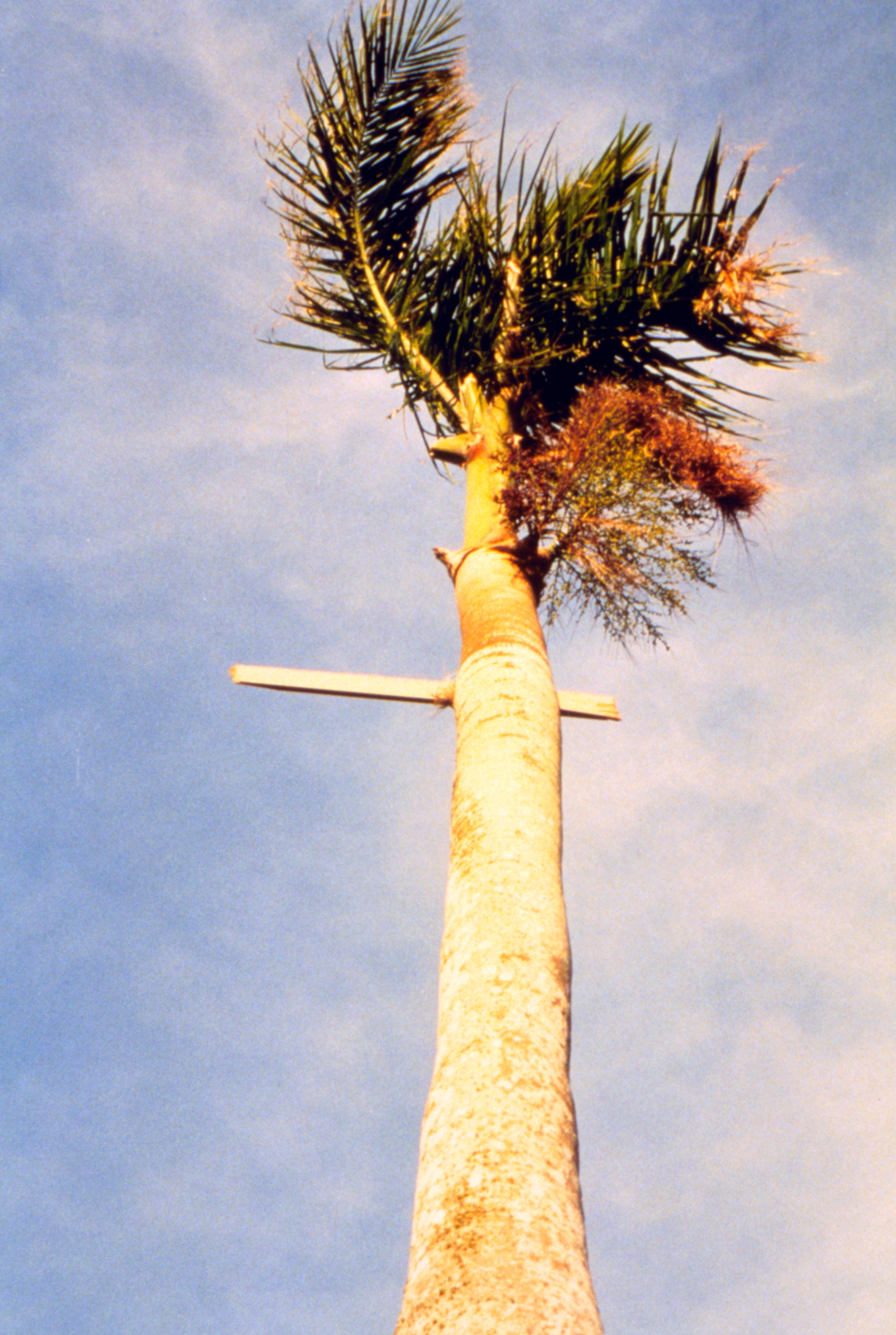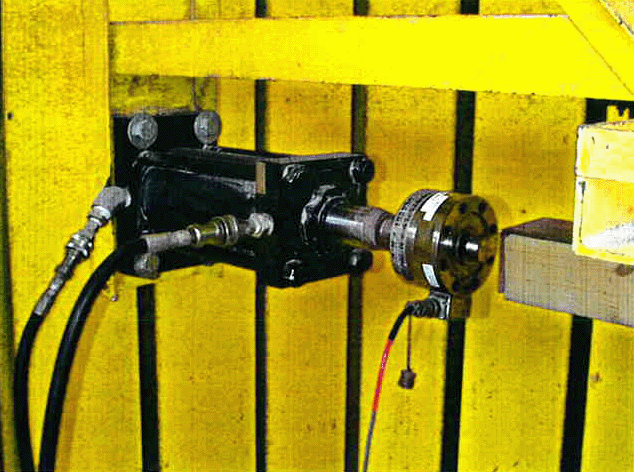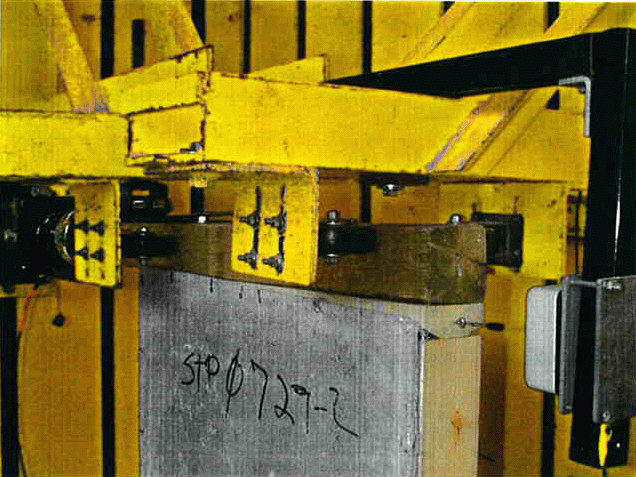
 |
Research...Hurricane Andrews! |
| HOME | Residential | Commercial | Special Structures | Light-Gauge | Cranes | Industrial | Articles | Lectures | Marketing | Public Service | Research | Modeling | Other Interests... |
Hurricane Andrews Forced the Rethinking of Structural Designs and the Adjustments of Building Codes to Reflect the Lessons Learned...
 |
Hurricane Andrews Packed 185 MPH Sustained Winds with 215 MPH Gusts... Few Engineers get the opportunity to answer the call to participate in the resolution of structural issues governed by recent history making storms. Hurricane Andrews in 1992 devastated Dade County Florida. It leveled homes by the hundred of thousands and proved that the exterior of a building must be structural in nature and resist airborne debris in order to maintain the structural integrity of the dwelling. Roofs were lifted and disintegrated into dust. The forces of 185 MPH sustained winds and gust of 215 MPH were much too high for conventional home construction and for high-rise building exteriors. I
had the task of managing, supervising and executing the development
of exterior systems utilizing USG’s repertoire of materials so
airborne debris would not compromise the building’s envelope and
meet very strenuous New Dade County’s South Florida Building Code
Compliance.
|
To Answer The Need For "Andrew's Formidable Wind Forces" United States Gypsum Company Researched and Developed New Exterior Systems...
 |
 |
|
|
|
|
| Racking Test to Establish Shear Wall Capacities for Various Structural Arrangements... |
Essence of the Testing required by Dade County, Florida.
The
South Florida Building Officials in the after math of Hurricane Andrews
required the complete revamp of the South Florida Building Code. The billions
of dollars lost to this record breaking storm banrupted many insurance
companies in the Dade County area. The need to resist future storms high
winds and the airborne debries associated with these storms became a Code
requirement of all new construction. The lateral resistance and the impact
resistance of exterior curtain wall systems increased to much higher levels
which challanged everyone doing business in the South Florida Area. To
meet this challenge USG created systems which could resist lateral loads
for the new fastest wind speeds and flying debries with speeds of 52 ft/sec. |


| Copyright 2015 Gene Farach, PE. All Rights Reserved. |